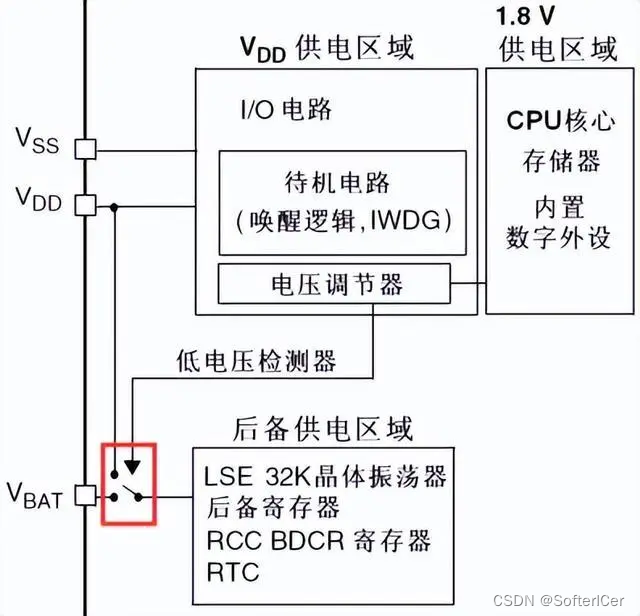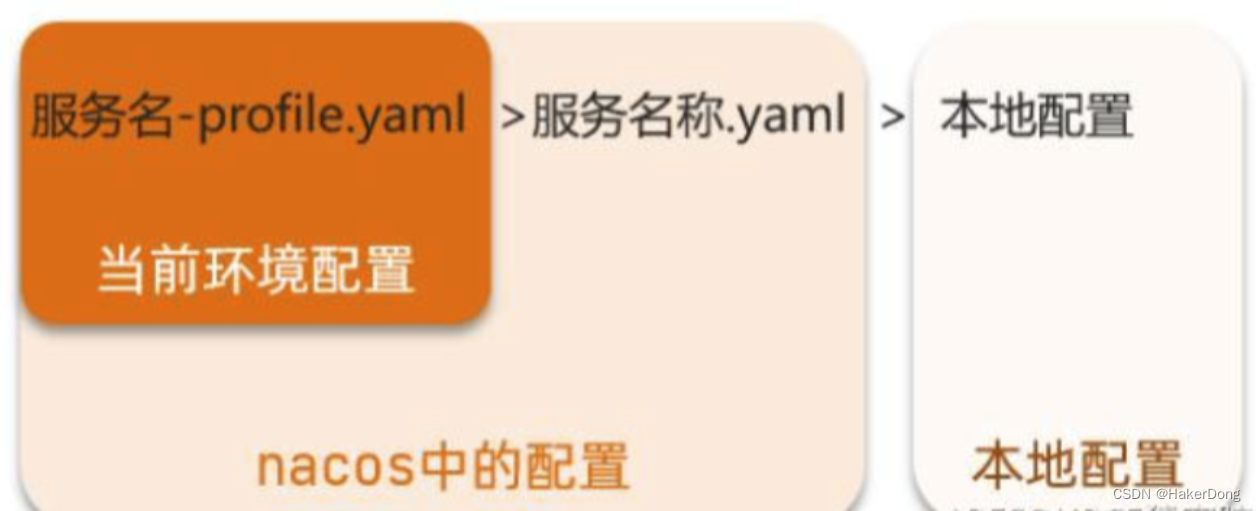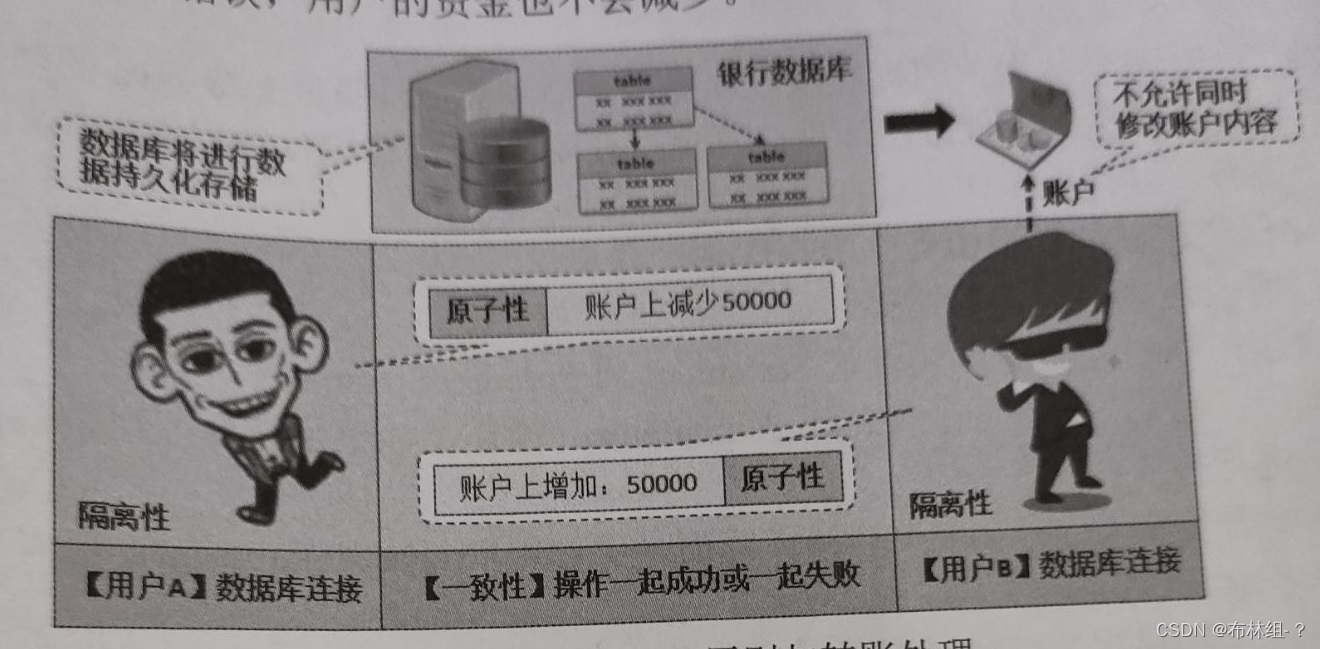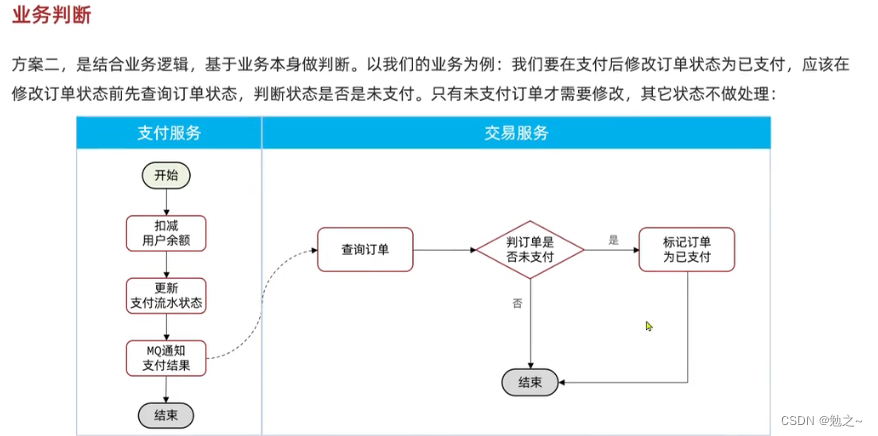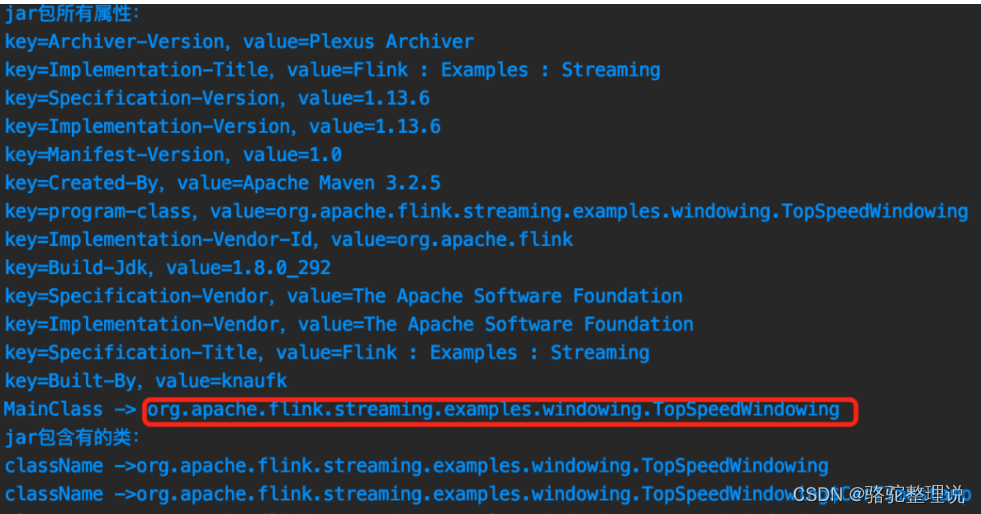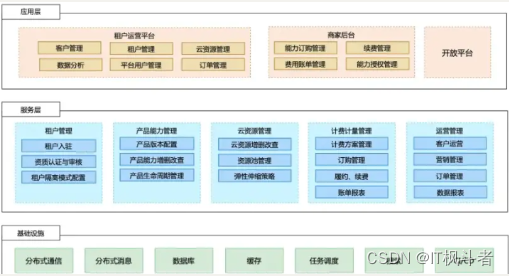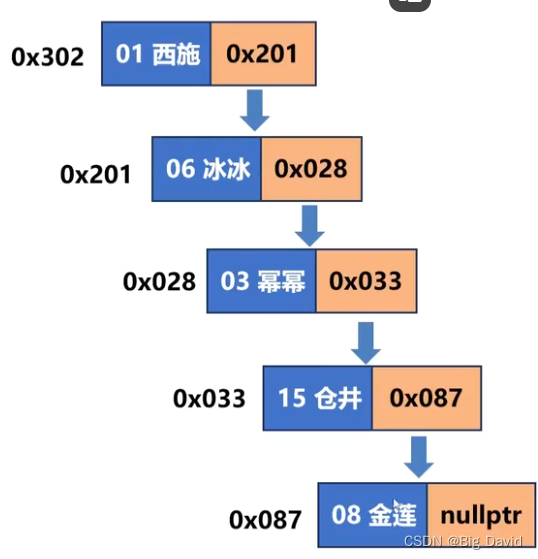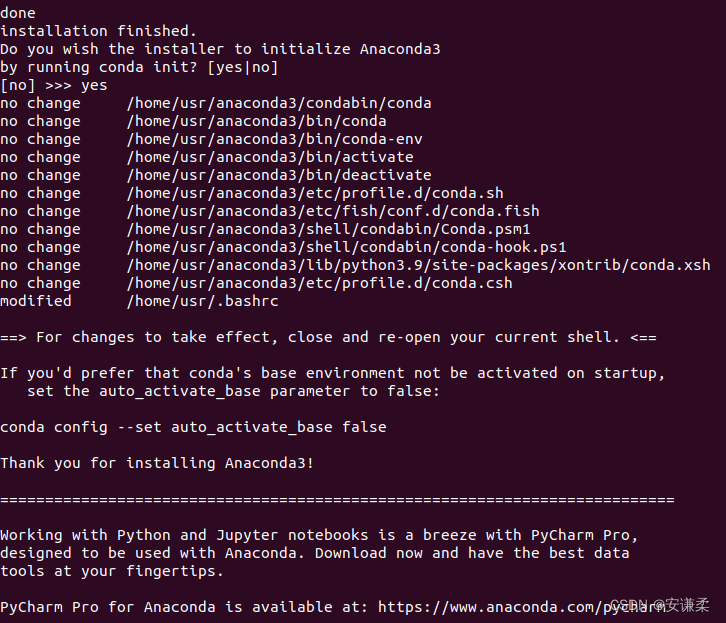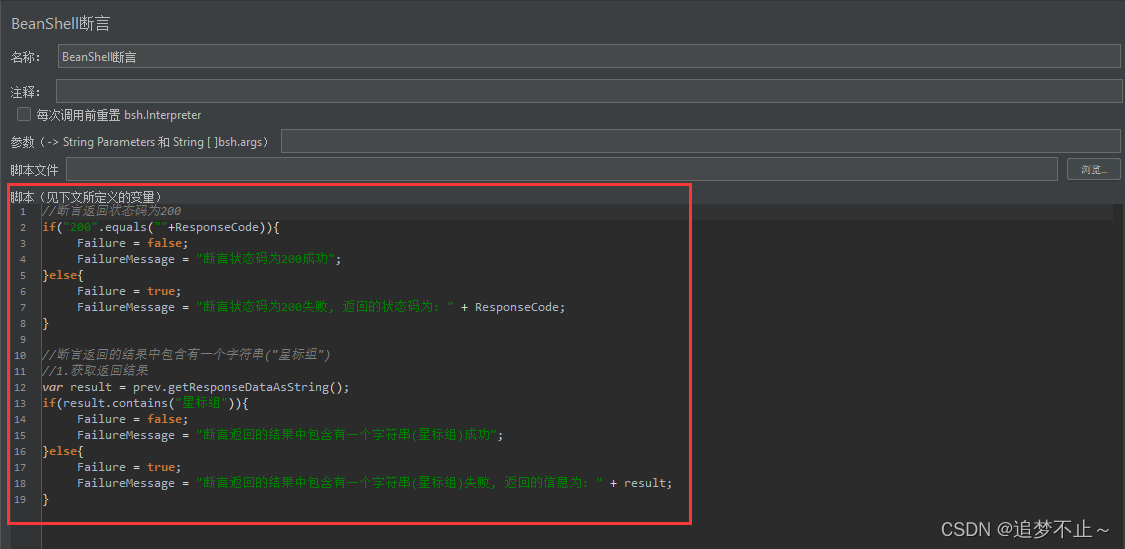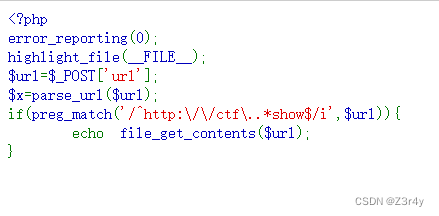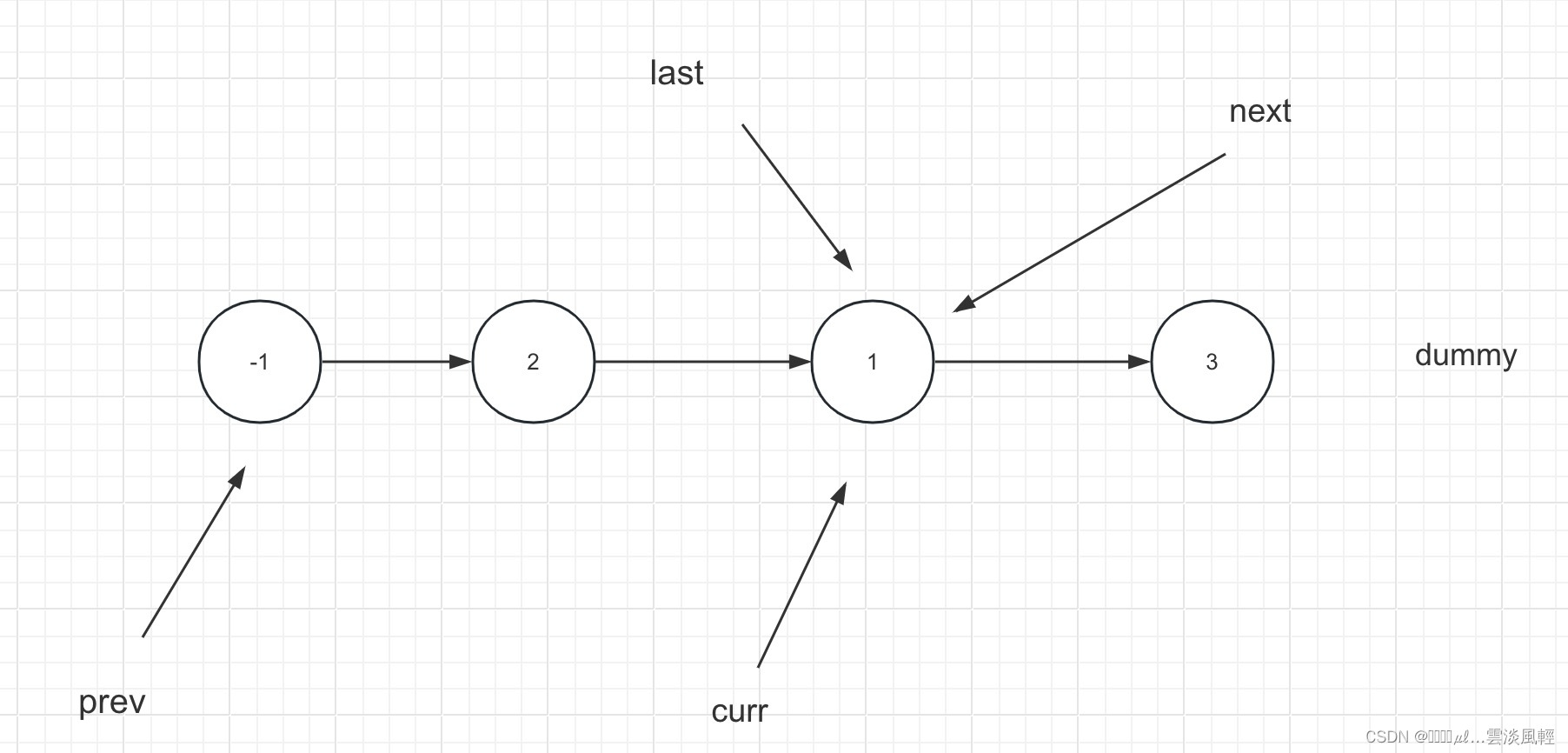Mit6.S081-实验1-Xv6 and Unix utilities-pingpong问题_Isana_Yashiro的博客-CSDN博客
Write a user-level program that uses xv6 system calls to ''ping-pong'' a byte between two processes over a pair of pipes, one for each direction. The parent should send a byte to the child; the child should print "<pid>: received ping", where <pid> is its process ID, write the byte on the pipe to the parent, and exit; the parent should read the byte from the child, print "<pid>: received pong", and exit. Your solution should be in the file user/pingpong.c.
难度:easy
题目:写一个pingpong.c 实现系统调用ping-pong,实现进程之间的管道通信。
管道(pipe)是一种最基本的进程间通信机制。
管道分为 读出端 和 写入端 两个部分,进程可以向写端写入数据,也可以从读端读出数据。通过pipe系统调用,内核会为用户进程创建管道,同时返回两个文件描述符,用以描述管道的读写端,
int p[2];
int ret;
ret = pipe(p); /*正常创建后,p[1]为管道写入端,p[0]为管道读出端*/ 通过文件描述符,可以向管道中写入和读取数据
int write = write(p[1], buffer, n);
int read = read(p[0], buffer, n);进程通常只持有某个管道的读出端或者写入端,因此使用的时候需要将另一端关闭。
实现:
cd user
vim pingpong.c
make qemu

pingpong.c
#include "kernel/types.h"
#include "kernel/stat.h"
#include "user/user.h"int main() {int p[2];int pid;pipe(p);pid = fork();char text[10];if (pid == 0) {read(p[0],text,10);printf("%d: received %s\n", getpid(),text);write(p[1],"pong",10);exit(0);} else { write(p[1],"ping",10);wait(0);//父进程阻塞,等待子进程读取read(p[0],text,10);printf("%d:received %s\n",getpid(),text);exit(0);}
}
补充:管道的使用示例
int p[2];
pipe(p);
int pid=fork();
if(pid>0){close(p[READ]);write(p[1],...);close(p[WRITE]);wait(0);
}else{close(p[WRITE]);read(p[READ],...);close(p[READ]);exit(0);
}
p是2个整数的数组
pipe(p)创建一个一个管道,p表示文件标识符的数组,可以进行管道操作。
p[0]用于读取,p[1]用于写入。
fork()函数用来创建一个子进程。如果成功创建,将返回两次,在父进程中返回子进程的PID(大于0),在子进程中返回0。
read如果读不到数据就会进入阻塞状态。所以先执行父进程,在执行子进程。
输出乱序问题

所以如果不对两个字串读出和写入过程进行限制,会导致资源访问的冲突。因此,我们采取调用函数wait()的方式,保证同一时刻管道内只有一个资源的写入和读取。
注意:在linux系统中:父进程的wait()一定和子进程的exit()成对出现配合使用。同时,父进程也需要调用exit(0)
-
exit():子进程调用exit()函数来正常终止自己的执行。exit()函数将子进程的状态传递给父进程。子进程可以通过传递一个整数状态值来向父进程报告它的终止状态。这个状态值通常代表了子进程的结束状态,比如返回码或错误码。 -
wait():父进程可以调用wait()函数等待子进程的结束。当父进程调用wait()时,它会被阻塞,直到它的一个子进程结束。一旦子进程结束,父进程就会收到关于子进程终止状态的信息。父进程可以通过wait()获取子进程的终止状态,并且清理子进程的资源。


